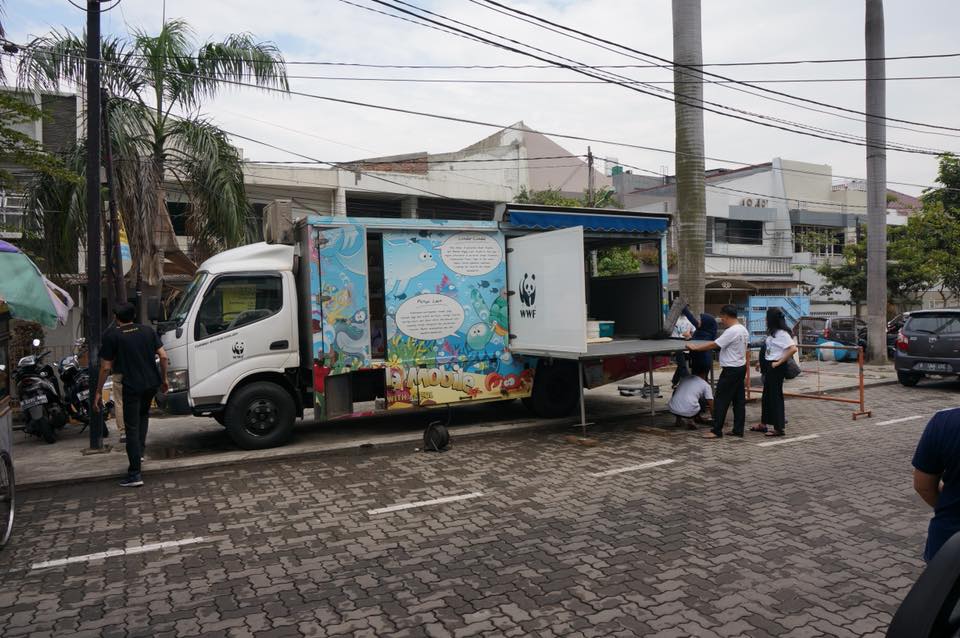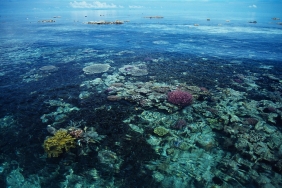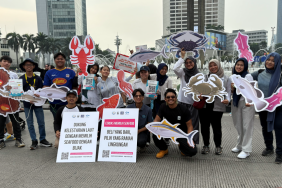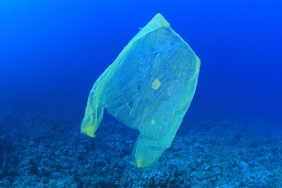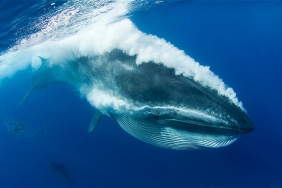PANDA MOBILE AND MARINE BUDDIES INVITE SMPIF AL FIKRI STUDENTS TO RECOGNIZE & LOVE MARINE LIFE
By: Dimas Prasetya Haryanto (Volunteer Panda Mobile)
Panda Mobile WWF-Indonesia and Marine Buddies collaborated in an activity themed "Go Green in Blue" at SMPIF Al Fikri Depok on (09/01). The activity, which was attended by 75 students, aimed to encourage students to recognize and love marine life. Della, a representative from Marine Buddies, explained about the community of marine issue lovers to the students. Della also explained the functions and tasks of Marine Buddies.
In accordance with the theme, the Panda Mobile team explained three marine species, namely corals, sea turtles, and whale sharks. Pratama Aditya Haryanto from Panda Mobile WWF-Indonesia explained the three species by first playing a short video related to the observation of green turtles conducted by WWF-Australia. The video was produced from a camera mounted on the turtle's shell to find out the data of the turtle. The students, some of whom are also members of GV (Green Volunteers) - one of the school's extracurricular activities - were very enthusiastic in watching the video. They then imagined being a turtle after seeing how turtles swim, breathe and forage for food.
After watching the video, Pratama began to explain the three marine species, starting with corals. He explained the types of coral in Indonesia, the importance of coral for the ecosystem, and the benefits and threats of coral. Pratama also mentioned the irresponsible attitude of humans lately when vacationing and visiting some unspoiled locations. Bad habits such as holding corals or stepping on corals to get good pictures or vacation documentation and then sharing them on social media. This can actually damage and disturb the balance because corals take a long time to grow.
The second species explained to the students was the sea turtle. In Indonesia, there are six of the seven species of sea turtles in the world, namely green turtles, hawksbill turtles, leatherback turtles, loggerhead turtles, flatback turtles, and Olive Ridley turtles. Pratama provides an explanation of each turtle's characteristics complete with pictures and its status on the IUCN (International Union for Conservation of Nature) list, including Critically Endangered, Endangered, and Vulnerable.
When Pratama explained the third marine species, the whole room was amazed. The species in question is the whale shark (Rhyncodon typus), also known as the Gurano Bintang. It turns out that many of the students did not know that whale sharks belong to the shark class and not whales. The whale shark is also the largest fish in the world. It can reach 12 meters in length and weighs 11 tons. Despite its large body, this marine animal is friendly. And even though they look the same, it turns out that whale sharks have their own identity in the form of white spots on their bodies, just like human fingerprints.< br />
The WWF-Indonesia and Marine Buddies Panda Mobile activity was closed by playing a group game of building a puzzle. A total of seven students were willing to join the game and managed to put together a puzzle image of the underwater scenery within 10 minutes. For their cohesiveness, they received prizes.

